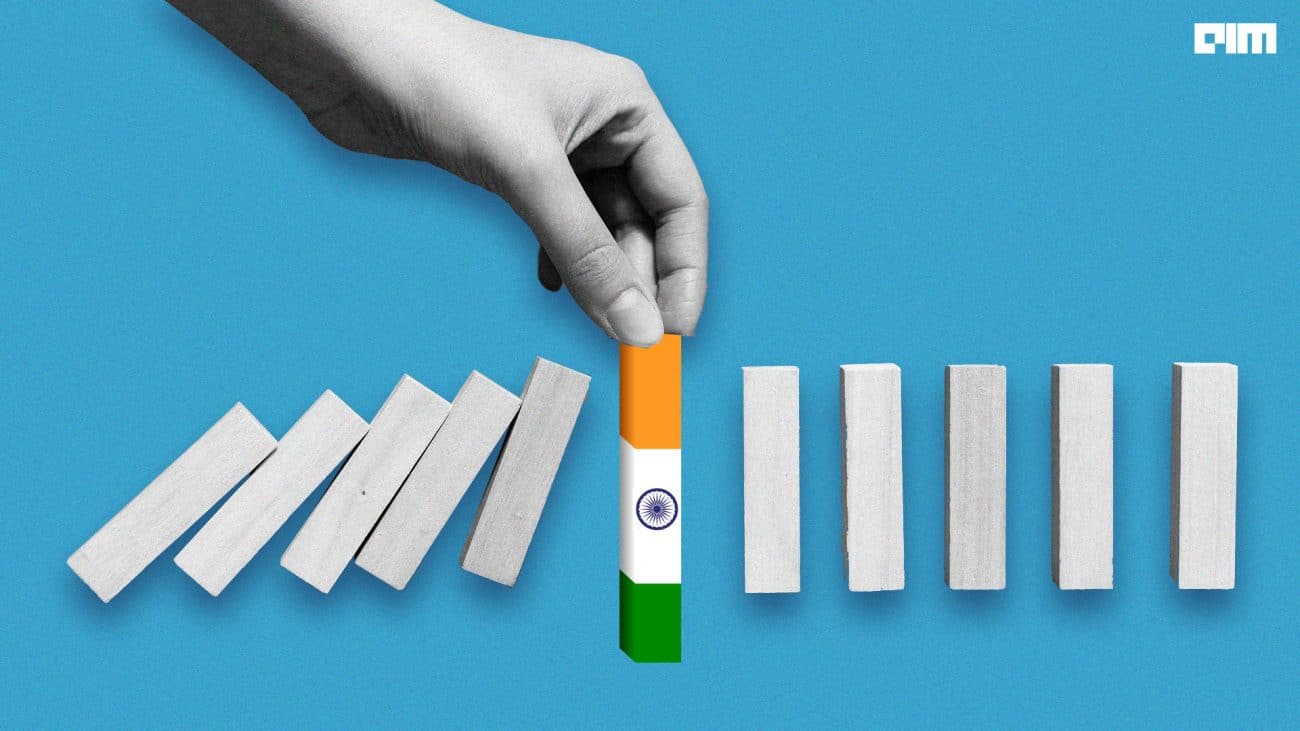A few months ago, Indian Prime Minister Narendra Modi, while addressing the Indian diaspora at a community event in New York, offered a unique perspective on AI. While the world associates AI with Artificial Intelligence, PM Modi believes that AI also stands for ‘America and India’.
While he stressed the thriving partnership between the two countries, on January 13, the US sent shockwaves through the global tech industry when the then Joe Biden and Kamala Harris administration announced a regulatory framework for the responsible diffusion of advanced AI technology.
The framework created distinct tiers of access. While nations like Germany, South Korea, Japan and 15 other allies have received unrestricted access to cutting-edge American AI chips, others like China, Russia, and North Korea faced a complete block.
Notably, India found itself excluded from the privileged list of 18 allied countries granted unlimited access, instead being placed among the third-tier destinations requiring explicit licensing.
The new rules for chip production and development provide flexibility with two key allowances. Companies can import up to 1,700 GPUs, valued at around $40-50 million, without needing a licence.
However, larger imports, worth up to $1 billion, will require a licence review. This approach makes sure that smaller imports are easier to access while maintaining stricter oversight for larger purchases.
What Happens to India Now?
While this raises questions about India-US relations, it could also impact the India Semiconductor Mission (ISM). This could create a complex new reality for India’s tech ambitions and boost its global presence, as countries like China have no access to this technology.
The rule change triggered widespread international discussions as it updated controls for “advanced computing chips” and mandated authorisations for exports, re-exports, and in-country transfers involving a wider range of countries.
Ashok Chandak, president of the India Electronics and Semiconductor Association (IESA), said, “In the short term, the impact is expected to be minimal.” The long-term implications, however, deserve careful consideration.
Meanwhile, Ajai Chowdhry, who helped build one of India’s earliest tech success stories as the co-founder of HCL, sees this as a pivotal moment.
Drawing parallels to India’s past, Chowdhry noted, “This brings us back to the old licensing regime.” “We faced similar export controls on space and atomic energy…and we then emerged out of that successfully, getting our brilliant engineers to create our own technologies.”
Chandak noted that large AI data centers, which need hundreds of thousands of GPUs, could face delays or reductions in scale, potentially giving global companies a competitive edge over Indian firms.
However, he also saw a silver lining. “Small-scale setups could still enable experimentation, innovation, and restricted model development.”
India Can Create Its Own NVIDIA
According to Chris Miller, the author of Chip War: The Fight for the World’s Most Critical Technology, NVIDIA is “by far the most important” company in the semiconductor industry.
“I am sure most of the design of NVIDIA and AMD GPUs must have been done in India by Indian engineers,” Chowdhry said. This makes the current situation of US sanctions particularly interesting.
Recently, Miller praised India’s deep talent pool in chip design during an interview with AIM.
India already has a promising path forward through its homegrown RISC-V technology, which was developed at IIT Madras. Unlike other chip technologies that require expensive licensing fees, RISC-V is open-source, which means that India can freely use and modify it to build its advanced chips.
“This is the new Unipolar world, where every country is on its own,” Chowdhry observed.
To turn this challenge into an opportunity, he advocated for a practical approach: boost government funding for chip design through the ISM and make it accessible to companies of all sizes.
“Maybe we can create our own NVIDIA and AMD in the next ten years!” he suggested. Notably, increased funding from ₹50 crore to ₹150 crore could help Indian companies, from established corporations to innovative startups, drive this transformation.
Moreover, in a recent post, NVIDIA strongly criticised this rule and argued that the regulation threatens to undermine US leadership in AI and stifle innovation worldwide.
India’s Current Semiconductor Landscape
India’s semiconductor landscape is undergoing significant transformation, marked by substantial investments, strategic initiatives, and emerging challenges.
Global industry leaders are recognising India’s potential. The government’s commitment to fostering a robust semiconductor ecosystem is evident through the ISM.
However, the industry continues to face challenges. Despite producing approximately 1.5 million engineering graduates annually, there are concerns about the specialised skills required for semiconductor design and manufacturing.
Experts highlight the need for sustained investment in both technical and business talent to bridge this gap. Besides, India’s semiconductor industry has traditionally been ‘fabless’, with designs conceived domestically but manufactured overseas.
This reliance on external fabrication poses security risks within the supply chain. Efforts are underway to establish domestic fabrication facilities, with companies like PSMC and Tata Electronics planning to build fabs in India by 2026.
Hence, while India is making strides in the semiconductor sector through strategic investments and initiatives.
Going Forward
Looking ahead, India might have some flexibility in accessing advanced chips through a programme called the National Validated End-User (NVEU).
This is because India faces a unique situation. It doesn’t re-export high-end chips (like Compute ICs) or make advanced chips itself, but it does have major design centres for big companies like NVIDIA and AMD.
This could make it easier for India to get approval for chip licences under this programme.
The programme also sets limits on how many high-performance chips (like H-100 GPUs) India can receive each year. These limits will grow over time, with fewer than 1 lakh GPUs in 2025, increasing to 2.7 lakh units in 2026 and 3.2 lakh units by 2027.
This gradual increase allows for controlled access to advanced chips over the next few years.





























